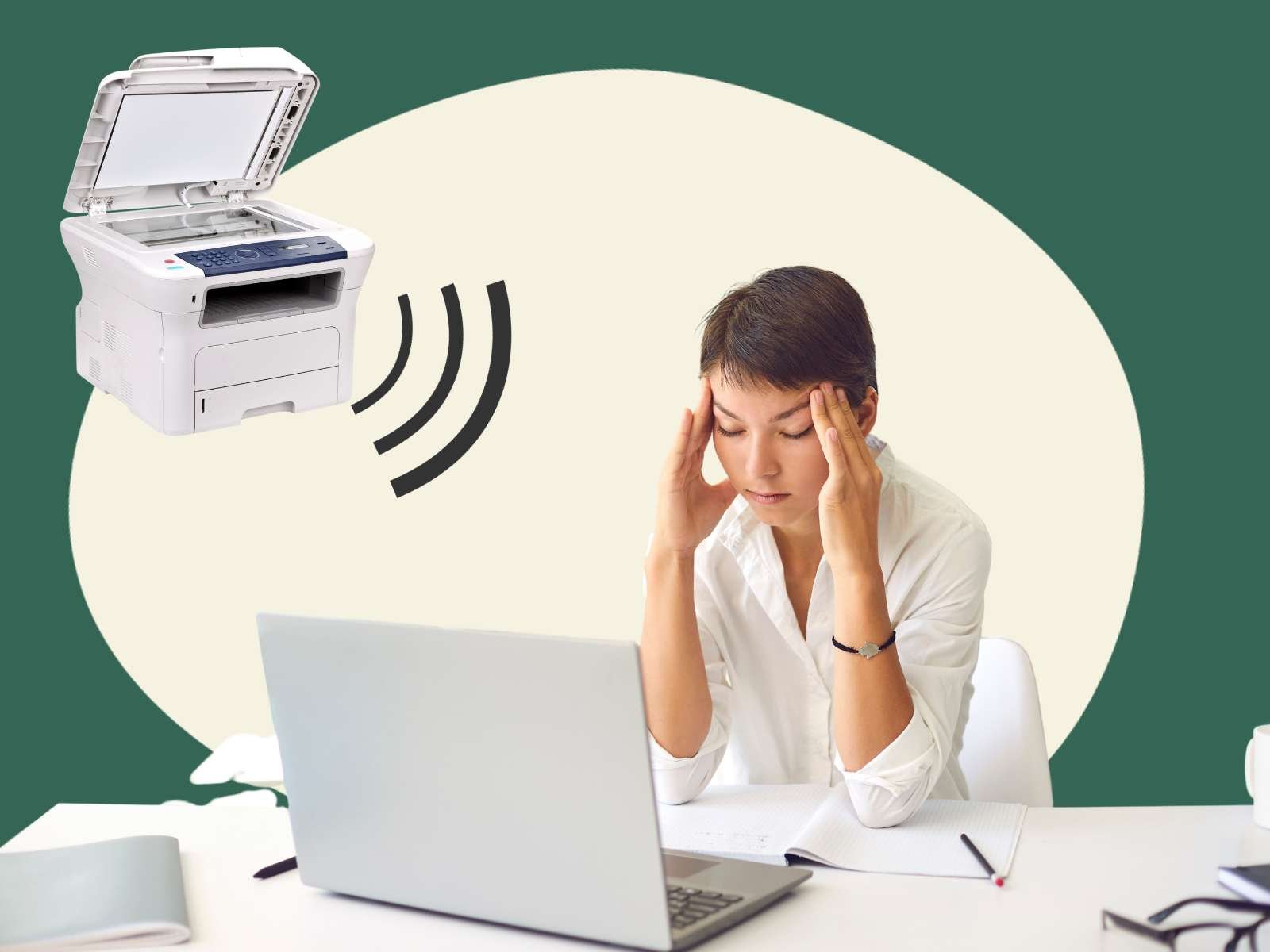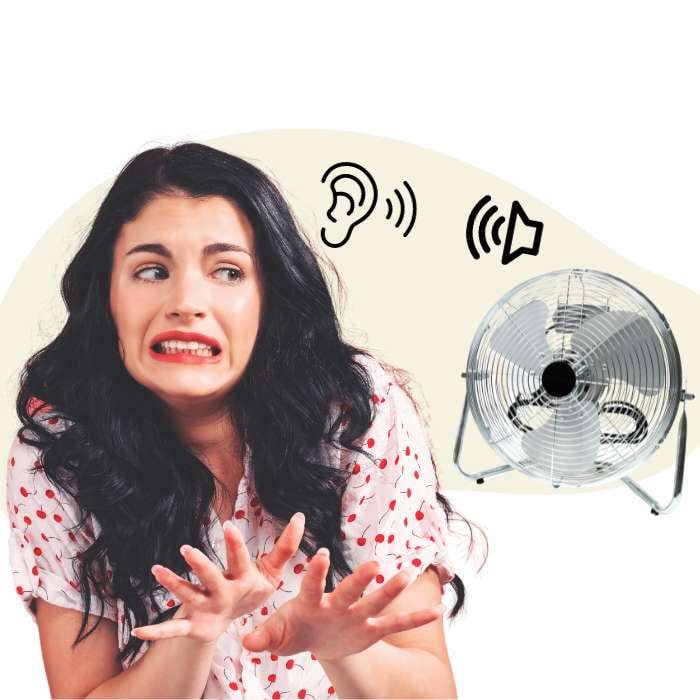Key Takeaways:
- Misophonia is a negative emotional response to specific sounds (examples: dishes, chewing, etc.)
- Misophonia differs from hyperacusis in that misophonia is an aversion to specific sounds, while hyperacusis is discomfort at a set volume level threshold.
- Misophonia is often triggered by specific, everyday sounds. There is no cure at present, but there are treatments to manage it.
- Treatment aims at addressing the emotional responses through therapy or lifestyle modifications (e.g., CBT, stress management, etc.)
.png)
As an audiologist, I've worked with patients struggling with hearing loss, sound sensitivity, and tinnitus. Patients sometimes ask about bothersome sounds. You may have heard of sound sensitivity and how it can affect daily life. It can be confusing and frustrating for those who experience these emotional reactions to everyday sounds.
Misophonia has gained some attention recently, and I'm here to shed some light on this often-misunderstood problem that affects millions worldwide. Whether you or someone you know is affected by this condition, you're probably aware of its negative impact on daily life. In this article, we'll explain everything you need to know about misophonia, symptoms, triggers, and treatment.
What is Misophonia?
So, what exactly is misophonia? It's like having a supercharged negative reaction to specific sounds. We're talking anger, fear, disgust, anxiety - you name it. These sounds can turn everyday life into a living nightmare, causing everything from ear-covering to grimacing. Most of the time, that's when you're with your significant other or close friends. Let's not forget the awkward situations where you can't comment on the offending noise. Cue the agitation, annoyance, and anger. It is not exactly the makings of a great business meeting or optimal environment to take a test.
Misophonia versus Hyperacusis
Misophonia and hyperacusis are sometimes confused, but they're not the same. Misophonia is all about certain sounds that drive you crazy, regardless of their loudness. Hyperacusis is all about volume. All sounds seem way too loud and uncomfortable, no matter what they are. The emotional response is different, too. Hyperacusis can involve physical pain, while misophonia is more about anger, anxiety, or disgust.
Misophonia vs. Phonophobia
Let's talk about misophonia versus phonophobia. Both involve negative reactions to sound, but they have their own unique characteristics. Misophonia is all about the specific sounds that create a range of feelings like anxiety or disgust. Phonophobia, on the other hand, is all about fear. Certain sounds trigger an irrational fear or anxiety.
In some cases, individuals with PTSD may experience phonophobia. For example, they may startle from certain sounds or respond fearfully to triggering sounds. It might be helpful to think of phonophobia as a subtype of misophonia, where the primary emotional response is fear, as opposed to a broader range of negative emotions. Understanding these differences helps you find the best treatment for you.

Symptoms of Misophonia
Misophonia is a strong negative reaction to specific sounds, where certain noises can cause an intense negative response in people. This reaction, which is beyond the control of the individual, can affect their daily lives, causing significant distress and a range of physical and emotional symptoms.
Misophonia symptoms vary, but the most commonly reported ones include emotions triggered by specific sounds, such as:
- anger,
- anxiety,
- panic,
- disgust
Interestingly, people with misophonia do not have heightened hearing and often have normal hearing. The response to the sounds is what is heightened. The resulting symptoms of misophonia can range from an elevated heart rate, gastrointestinal distress, muscle tension, and even headaches, significantly impacting one's physical health.
Why are these sounds so uncomfortable?
Misophonia reactions vary in severity, but they all cause discomfort that can be debilitating. People may avoid family and friends or brandish tension or anxiety when their triggers pop up during the day. They may have to leave a public space when someone eats or chews loudly.
But why do these sounds make our brains respond? It’s helpful to break this down by separating the sound from the emotional experience. The heightened response to sounds is often rooted in anxiety, where the unconscious mind elicits fear as a protective mechanism. It's like flipping a switch and activating the fight or flight response. The sympathetic nervous system kicks into high gear, and things can get pretty uncomfortable. The feelings can be intense.
Misophonia Triggers
The sound the person finds offensive will depend on the person and can be sounds that others make, such as chewing loudly, gulping, lip-smacking, or even sniffling. Or sound triggers might come from specific environments, or everyday sounds you hear.
Misophonia triggers are incredibly varied, but they typically involve sounds naturally occurring in everyday life, such as refrigerators running, fans whirring, microwaves dinging, or other sounds.
For others, triggers may be sounds in the supermarket, popcorn popping, lawnmowers, crinkly bags, or even the sound of an air conditioning unit. Who knew that everyday life could include so many triggers?

Treatments
Currently, there is no cure for misophonia. Still, some treatments can help reduce the severity of the condition and improve the patient's quality of life.
Cognitive-behavioral therapy (CBT) is one of the most effective treatments available because it helps patients learn how to manage their emotional responses by developing coping mechanisms and psychological strategies. Some approaches in therapy can help recondition responses to these sound triggers by incorporating positive reinforcement to change reactions and associate them with positive emotions.
Lifestyle intervention can also help with well-being. Optimizing sleep, nutritional biochemistry (vitamin-rich nutrition, addressing any deficits), and getting enough physical activity can all help you to feel your best.
Other treatments include sound therapy, neurobiofeedback, medication, and stress management.
Additionally, sharing your experience with family and close friends is helpful so that they understand what you’re feeling and how they can support you.
Research is still ongoing in terms of the best treatment methods, but fortunately, many people find some relief through these techniques. The best approach is very individual, so you may need to experiment with different methods to find what works best for you.
Resources
The Misophonia Association holds conventions and posts resources with the latest research, treatment methods, and regional support groups. This organization is an excellent resource for advocacy, research, support, and education for those experiencing misophonia and family and friends who wish to support them.
Conclusion
Living with misophonia can be challenging and isolating, but it's important to remember that you are not alone. The experience of certain sounds triggering strong negative emotional responses, such as anxiety, disgust, or even anger, can understandably be taxing on your daily life. However, numerous individuals across the globe share your experience and are navigating through a similar journey.
Remember, there's no one-size-fits-all treatment for misophonia, and it may take time to discover the best methods. Whether it's Cognitive-behavioral therapy (CBT), sound therapy, nutritional interventions, or stress management, the essential factor is your comfort and progress. The Misophonia Association is an incredible resource for support and education, providing a platform to connect with others who understand your experience.
Despite the obstacles, remember your journey with misophonia does not define you, and with the right resources and support, you can lead a full and fulfilling life.






